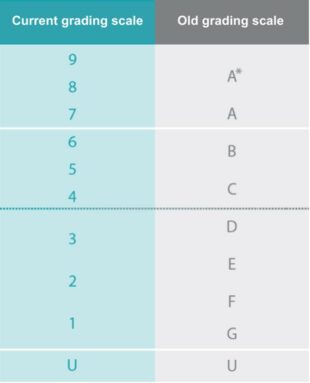Very soon more than 7 million results will be issued to students in England, including over 800,000 results for vocational and technical qualifications.
Here are some important things to know about marking, grading and results.
When are 2024 results days?
- A level, AS Level, T Level, Level 3: Thursday 15 August
- GCSE, Level 1/2 and Level 2: Thursday 22 August
GCSE, AS, and A levels
On results days, more than 6 million results for GCSE, AS, and A levels will be issued to students in England. That represents 17.1 million individual scripts.
Grading for GCSE, AS and A levels returned to normal last summer, after disruption caused by the pandemic.
This summer, students’ work is again being marked and graded in the normal way.
This means students’ work is marked anonymously by expert examiners. Each student’s grade is determined by the number of marks they achieve on their own assessments. The same rules apply to everyone. This means exams and other formal assessments are a level playing field for all. Grade boundaries are set after students have taken their assessments and marking is nearly complete. Senior examiners – who are experts in their subject – recommend the grade boundaries for each qualification. They do this based on a range of evidence, including data and reviewing the quality of students' work. This means that students can be confident in their results.
Grade boundaries often vary from year to year to reflect the difficulty of each paper. National results, and results for individual subjects, vary each year, reflecting differences between year groups and how they perform in their exams and assessments.
Vocational and technical qualifications
More than 800,000 vocational and technical qualification results will be issued in August, alongside GCSE and A level results, to students using them to progress to further and higher education. This includes results in subjects such as business, engineering, and health and social care, for qualifications such as BTECs, Cambridge Nationals and Technicals, Technical Awards and T Levels. Due to the flexible nature of VTQs, the exact number of expected results will continue to change in the run-up to results days.
Looking to get into university?
If you’re planning to continue your studies after this summer, it’s important to bear in mind that it is normal for many students to miss their UCAS predicted grades.
Last year, around 1 in 5 of accepted applicants achieved or exceeded their predicted grades. Yet over 80% of UK 18-year-olds applying to UCAS secured a place at university or college.
Remember there will be lots of help available to you in August around results days, so make sure you know your school’s or college’s arrangements for providing that advice and support. You can also contact the National Careers Service exam results helpline.
GCSE 9–1 grades
For those interested in GCSE grades, here’s a reminder of how the GCSE 9–1 scale compares with the old A*–G scale.

The current grading scale was designed so that there are comparable points with the old grading scale at key grades. The bottom of a grade 7 is comparable to the bottom of the old grade A, the bottom of grade 4 is comparable to the bottom of the old grade C, and the bottom of grade 1 is comparable to the bottom of the old grade G.
Where employers, universities and others previously set a certain requirement they now take into account the comparable points between the old and new grading scales.
Sir Ian Bauckham CBE
Chief Regulator